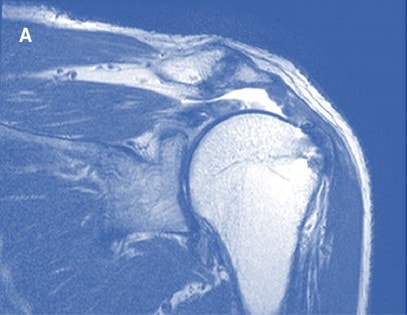Massive Drop in Rotator Cuff Re-tears when PRP Added during Surgery
It seems like many surgeons are jumping on the PRP bandwagon these days, throwing it into many tissues during surgery. A study a while back (a 2012 review of 5 research articles) seemed to indicate that there was no efficacy in using it in shoulder rotator cuff repair. A new study published this week contradicts that earlier finding of no efficacy of a PRP added rotator cuff surgery. The new study looked at pain, function, and re-tear rates like the first study, but it also looked at the important metric of the size of the rotator cuff before and after surgery. One of the problems with shoulder rotator cuff repair surgery is that the muscles and/or tendon can re-tear. It’s believed this occurs because of poor blood supply, so the rationale for placing PRP in the operative site is to improve blood flow and prompt faster healing. This should happen because PRP contains the growth factor VEGF, which can prompt new blood vessels to grow. In addition, muscle atrophy is a big problem after surgery and is also thought to lead to re-tears. Basically the rotator cuff muscle can atrophy, leading to a smaller muscle that’s less likely to be able to protect itself against re-injury. In the new study, while post-op pain was the same, function was better in the patients who had PRP during the surgery. In addition, there was a massive drop in re-tear rates, from 56% to 20%! Finally, the shoulders without PRP lost almost 5 times more muscle mass after surgery than the shoulders that had PRP. The upshot? The new study was better designed than most of the prior research. In addition, the 2012 study tried to summarize all of the re-tear rates from different studies (so it added up all of the re-tear rates from non-PRP and PRP groups from 5 studies), so this is like comparing apples in one study to oranges in another. It also should be noted that many of these studies generally use platelet rich fibrin, which is a type of PRP which produces a dense plug, but one with relatively low platelet counts. We believe better tissue healing can be seen with much higher platelet concentration PRPs. So should you ask for PRP if you plan on rotator cuff repair? My first recommendation is to try to avoid the surgery through an injection of PRP or stem cells into the tear. If that doesn’t work or the tear is too large for an injection, then I would recommend to my patients that they request a PRP added rotator cuff surgery.

NOTE: This blog post provides general information to help the reader better understand regenerative medicine, musculoskeletal health, and related subjects. All content provided in this blog, website, or any linked materials, including text, graphics, images, patient profiles, outcomes, and information, are not intended and should not be considered or used as a substitute for medical advice, diagnosis, or treatment. Please always consult with a professional and certified healthcare provider to discuss if a treatment is right for you.

